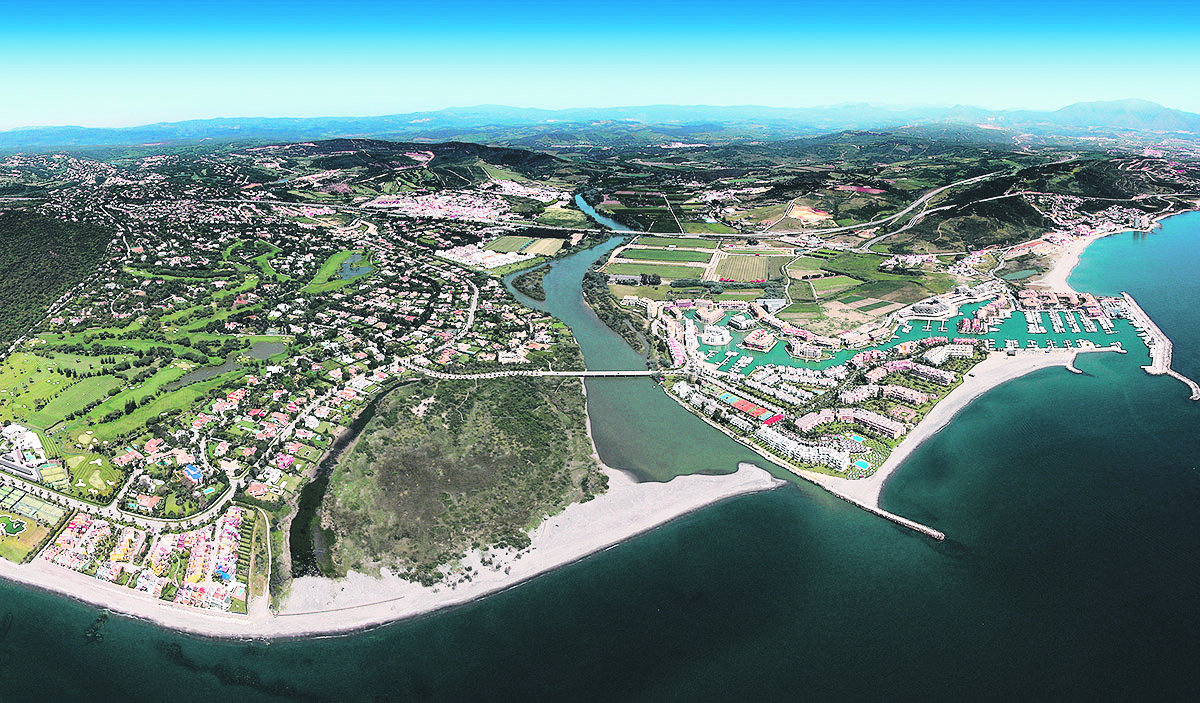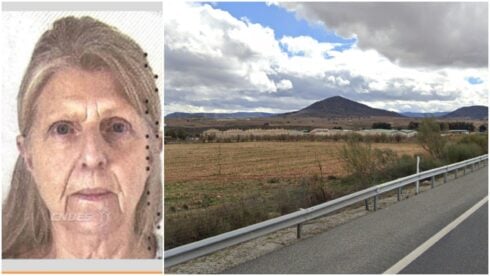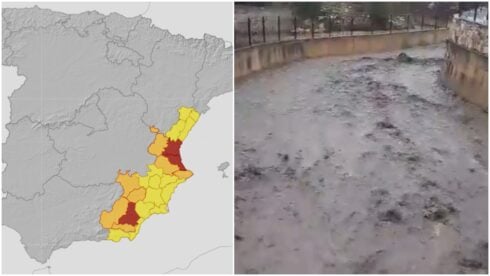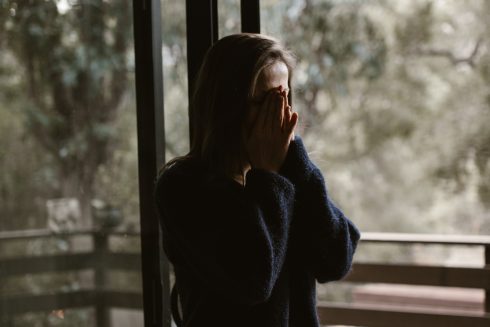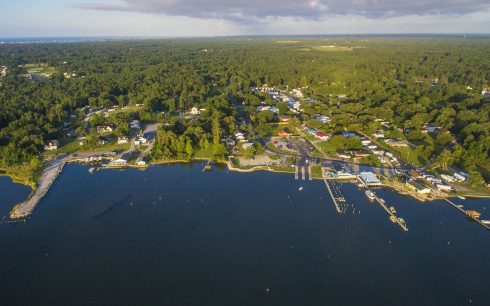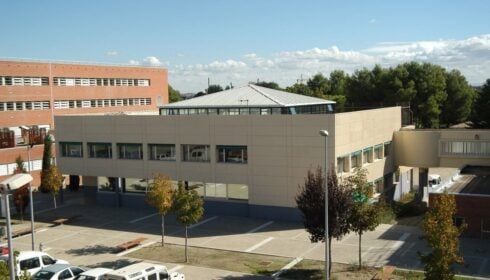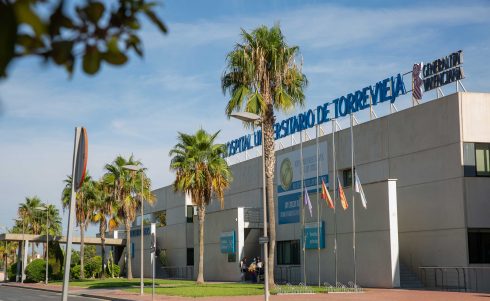IT’S the largest privately owned residential development in Andalucia, home to the discreetly rich and famous, and a beacon of luxury on the coast of Cadiz.
Sixty years ago it was farmland.
But an American-Filipino Joseph McMicking had a vision. Married to Mercedes Zobel de Ayala and president of the family empire, the Ayala Corporation in Manila (the Philipines), McMicking had been responsible for a luxury property development, Forbes Park. Now he was dreaming about creating a similarly exclusive residential community in the Mediterranean.
In 1962, when his cousin Alfredo ‘Fredy’ Melian used his Swiss Air frequent flyer ticket for a trip to Spain, McMicking told him to keep his eyes peeled for a suitable location. Travelling dirt roads on a motorbike, Melian found a 1,800-hectare estate comprising a cluster of farms at the mouth of the Guadiaro, close to Gibraltar’s international airport, El Peñon.
The farmland had been owned by a succession of rich and famous – the Duke of Arcos, the Larios family and then financier Juan March, arms and tobacco dealer, founder of the eponymous science and arts institution, once the richest man in Spain. It seemed fated for grander use – and it ticked the boxes.
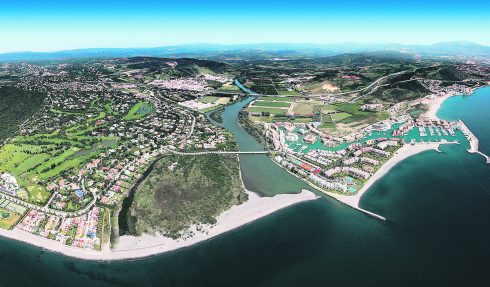
“We bought the land at Sotogrande without having seen it, like a pig in a poke,” said McMickling, speaking in 1967. “Paid $750,000 down and had to pay another third in six months and the rest in a year.”
McMicking arrived with his nephews, Jaime and Enrique Zobel (Enrique had overseen work on his friend the Sultan of Brunei’s 1788-room palace) and Melian stayed on as director of works. As the only bar for miles, the Antigua Venta Toledo served as an early HQ. The team had experience, connections but, best of all, patience and plans.
Inspired by golfing communities like Palm Beach and Pebble Beach in the US, McMicking was determined to build the community around a golf club and, in 1963, the world’s top golf course designer, Robert Trent Jones, was flown in to design the course. The Real Club Sotogrande was Trent Jones’ first European venture and the first course in Europe with a new-fangled automated irrigation system.
None other than Spain’s top modernist architect, Luis Gutierrez Soto (Callao Theatre and fnac building, Madrid), designed the low-slung clubhouse – still avantgarde today, as well as the ultra des-res course-side bungalows. McMicking poached the director of The Ritz in Madrid to run the club.
(Trent Jones would return a decade later to design Valderrama, the setting for Volvo Masters events, the Spanish Open and Ryder Cup. With another three courses in Sotogrande, and almost 70 within driving distance (no pun intended), McMicking helped the Costa del Sol become one of Europe’s top golfing destinations.)
A keen polo player, Enrique Zobel built a polo ground by the beach. La Playa, inaugurated in 1965, wasn’t Spain’s first (the Jerez Polo Club dates back to 1872), but it revived polo passion and set the social tone. Although la Playa has gone, Sotogrande’s Santa Maria Polo Club is considered one of the best in the world.
The first beach club appeared below the golf course. Cucurucho (cornet), named for the conical roof, still exists today, though it’s bigger and grander, and officially called Trocadero.
And also in 1965, the first hotel, the modernist, luxury motel style Tennis Hotel, now the Hotel Encinar.
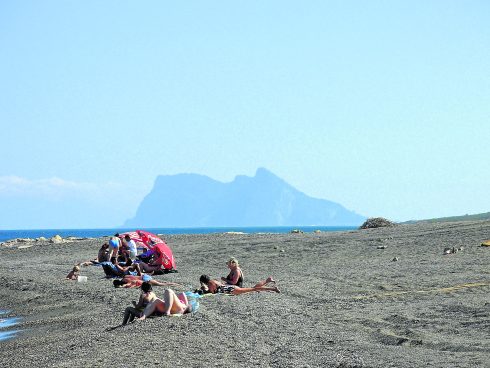
Word spread and the rich, powerful and discreet began moving in. Jaime Ortiz-Patiño of the Bolivian tin mining dynasty, diamond magnate Philip Oppenheimer, and banker and advisor to Onassis, the flambuoyant George Moore were among the first. Javier Benjumea, the Marquis of Puebla de Cazalla, was one of the few Spanish residents.
But French dukes, Belgian barons, Spanish counts, scions of business followed, and, later politicians (including Tony Blair and Fabian Picardo), and a smattering of celebrities from former England manager Glenn Hoddle and golfer Tony Jacklin followed.
Most houses are architectural gems. The Domecq family mansion is now the clubhouse of the San Roque golf course, but unless you are a houseguest you are unlikely to see the best of the rest, some of which, like the Zobel house and Biddle House, have preservation orders on them.
American diplomat Nicholas Biddle’s house, built by Javier Carvajal fresh from designing the Spanish Pavilion at the New York 1963 World’s Fair, cost $160,000. Sadly, prices have gone up: When Joseph Kanoui, head of the syndicate that bought Cartier, put his Casa La Manzana on the market for €26m in 2006, it was the most expensive house for sale in Spain.
McMicking’s plans for Sotogrande extended to the kind of person who came and what they built. “A Sotogrande based on money would be the most horrible society imaginable,” he said. However, it was only when Sotogrande was running out of cash and needed to open up to a new market of buyers that more affordable housing was developed.
Franco had helped the Sotogrande shareholders by waiving the rule that prevented foreigners purchasing land in Spain. But he stuffed them by closing Spain’s border with Gibraltar in 1969. With the N-340 under construction, the trek to Malaga airport was arduous. The jet set couldn’t jet in, and Sotogrande fell into debt.
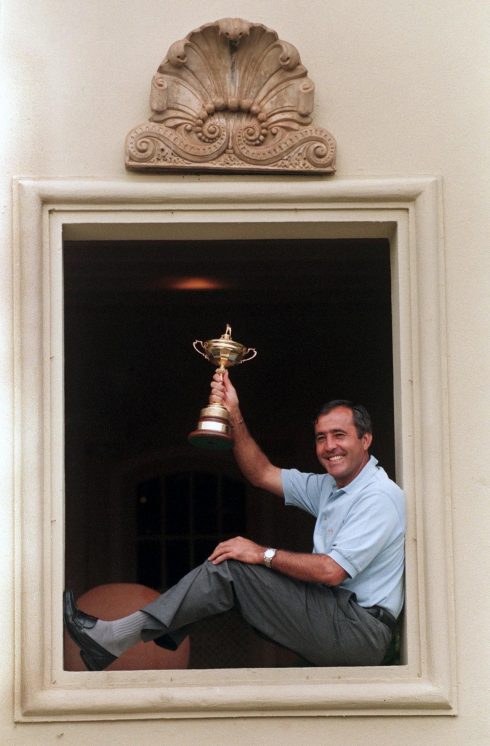
In the late 70s, the decision was taken to build apartments on the left bank of the Guardiaro. In 1978, to appeal to all-year residents, the International School at Sotogrande (ISS) was set up – initially in the old cattle sheds of one of the farms, Cortijo de Paniagua.
By the time the border reopened in 1985, Sotogrande was a different kind of place, still off the beaten track – it would be another 17 years until the AP-7 motorway hooked it up, but more connected to the real world. Some of the residents even had day jobs!
McMicking’s vision had always included a marina with canals and islands of apartments with yacht views, and the 1980s developments included just that, in shape of the Puerto Deportivo Sotogrande, completed in 1987, three years before his death.
The construction of this mini-Venice was as good as saying times might change, but the dream of Sotogrande as a beautiful playground, a gorgeous sanctuary, remains intact. As he predicted: “Sooner or later the Costa del Sol is going to be mobbed but Sotogrande will be an island of order in the chaos.”
READ MORE:
- Why Valencia should be on every traveller’s bucket list when visiting Spain
- Why these pueblos in Spain should be on your travel bucket list this summer
- Travel Spain: These are the villages you should visit in the Alpujarra south of Granada
Click here to read more Must Read News from The Olive Press.

